Behringer Pro-800 REVIEW: The eight-voice monster has arrived!
Marcus Schmahl reviews the Behringer Pro-800, the company’s take on the classic Sequential Prophet-600. This affordable polyphonic synth adds a few new features to the classic design. But how close is it to that 80s original?
Originally published on Gearnews.de by Marcus Schmahl. Translation by Julian Schmauch.
Highlights
- Eight-voice polyphonic synthesizer
- Arpeggiator and sequencer included
- Sync and Filter can be controlled via CV
- Up to 400 presets can be stored
- USB-MIDI
- compact format
- firmware update with additional features possible
- affordable price
Behringer Pro-800 review: the facts
After what felt like an eternally long waiting time due to supply issues and chip shortages, we finally get our own Sequential Prophet-600 clone: the Pro-800. The first batch of pre-order Pro-800 synths has landed with their owners, with overwhelmingly positive feedback. There were a couple of issues users raised, but Behringer was able to fix most of them with a firmware update.
The most interesting thing to keep in mind for this Behringer Pro-800 review is its eight-voice polyphony; which, at this price, is pretty much unheard of. But how good (or bad) does the Pro-800 sound? Is the synth versatile enough to fit into my studio workflow with all my other instruments? I was able to thoroughly test the synth to answer these and many other questions I had!
Unboxing
Unsurprisingly, neither the box nor the unboxing of the Pro-800 is in any way spectacular or worth mentioning. There is an image of the synth printed on the box and its name: Pro-800. The unit looks a lot like Behringer’s Pro-1 and K-2. This compact format is great for smaller studios that lack sufficient space; equally the lightweight and compact form is great for live gigs.
You are currently viewing a placeholder content from YouTube. To access the actual content, click the button below. Please note that doing so will share data with third-party providers.
Besides the synth, there is an external power supply including the power cable (Euro plug), two patch cables, a USB cable, and a quick start guide in a variety of languages in the box. But enough blabbering: let’s connect the synth and turn it on for this Behringer Pro-800 review!
Behringer Pro-800 review: the hardware
Despite its rather compact size, the Pro-800 does not seem small. The knobs are spaced far enough apart to be easily twisted and turned; they give off a solid feel while doing so. But isn’t that to be expected these days from a product in this prize category? It should be!
The main ins and outs are all on the back panel of the synth: DIN MIDI-Out/Thru (including a DIP switch to change the MIDI channel), USB port, power connection, main out in mono, and a footswitch input. On the synth’s top panel, you’ll find a DIN MIDI-In, two mini jack output ports (one each for headphones and main output), and two inputs for Sync and Filter CV.
The Pro-800 sits on my studio desk and does not move an inch, while I work the knobs and tweak some presets. The plastic knobs have a rather solid feel and don’t seem wiggly. There are wooden panels on each side of the synth which complement the instrument rather nicely. You can also remove the Pro-800 from its case to include it in your Eurorack system. For that case, a ribbon cable for supplying power is included.
The Pro-800 is connected and ready to go
Let’s get this synth party started for our Behringer Pro-800 review! Once you’ve connected it to its power supply, and you boot it up, the little display shows Pro-800’s current firmware version and after that the preset that was last used.
Let’s see if there is a firmware update; this is done through Behringer’s free app SynthTribe. The latest version 1.2.6 fixes a couple of bugs that many encountered in the first batch. Behringer has added faster envelopes, a Soft Thru On/Off setting, improved USB/MIDI synchronization, fixed an issue with hanging notes, and fixed a variety of other bugs.
- Firmware update is running! · Source: Marcus Schmahl
- SynthTribe app updating Pro-800 · Source: Marcus Schmahl
Connecting the Pro-800 to my DAW Ableton Live through USB, sending a couple of MIDI notes to the synth creates sound immediately. The synth’s interface is quite logical and straightforward, and most users will feel right at home pretty much from the start.
On the left, you’ll find the Pro-800’s preset management. Next to that, you can further configure and tweak the synth, and activate or deactivate its arpeggiator and its sequencer. To the right of that section comes the synthesizer section: two syncable oscillators (named A and B) with three waveforms each, and knobs for changing both pitch and volume.
Underneath that, you can set up modulations for Poly-Mod and LFO-Mod. In addition, there is a noise generator and a knob to set the desired value for glide. On the right side of the synth, there is a filter with knobs to set the cutoff frequency and resonance. Right underneath that, there are two envelopes, one for the filter, and one for the amp. If you want to change additional settings, you can do that through the SynthTribe app.
Sound design workflow
Simple bass sounds, brass, piano, 303-like leads, pads (both monophonic or polyphonic, additionally with detuned VCOs), dubby chords with loads of unison, drones, LFO-triggered synth sounds, and sequences – everything is possible with the Pro-800.
This means, that this is a synth for just about any electronic genre. The synth’s workflow is easy enough that I can dial in just about any sound in my head in a matter of minutes. Plus, the Pro-800 can sound rather huge and dominating, depending on how you set it up. You can also create and manage presets through SynthTribe. But this workflow felt rather cumbersome, in my opinion.
Here is a short video, in which I controlled the Pro-800 through my Ableton Push 3 through MIDI. I also connected the synth’s output back into the Push and further “enhanced” it with Delay and Reverb. I also did additional drum programming, and sequencing, added more sounds, and did a mix-down on Push.
Conclusion in our Behringer Pro-800 review
This replica of the Prophet-600 did (almost) everything right. Its size and compact form factor make it ideal both for crowded synth tables on stage and packed studios. Furthermore, this is one of the very few polyphonic synthesizers in this price range. Strings, pads, chords, E-Piano, bass, leads, arpeggios, and crazy sequences – every sound in your head can be created almost immediately.
But there are a few things worth mentioning in this Behringer Pro-800 review. The knobs wiggle a bit and seem like they were made of rather cheap plastic material. But let’s not complain too much at such a high level. Because this did not influence the synth’s usability in any way in my experience. I also think that the Pro-800’s components will surely stand up to studio or stage use.
The Pro-800 is missing some of Behringer’s typical features, which I would have loved to at least have as an optional extension (no stereo output and just two CV inputs). However, Behringer has announced that a couple of their own synths will be released soon, so we’re excited to see what they are going to present there!
I’m glad that Behringer has opted to further improve, modernize, and fix the synth through software updates. All in all, you’ll get a very solid, polyphonic synthesizer with the usual features, few surprises, and a pretty good sound. At an absolute bargain. If you are looking for a polyphonic synth with a powerful, analog sound to it, look no further than the Pro-800.
Price and Availability
Behringer Pro-800 is available right now at Thomann (Affiliate) for 389 Euros.

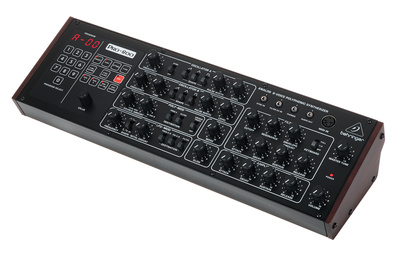
More on the Behringer Pro-800
- Product at Thomann
- Pro-800 Website from Behringer (With SynthTribe Download)
- More on Behringer
Pros and Cons Behringer Pro-800
Pros
- Compact and sturdy
- Compatible with Euroack-szenarios
- Easy to use despite its small size
- Eight-voice polyphony
- Up to 400 presets can be stored and accessed
- USB port for MIDI and configuration
- Integrated sequencer
- Low price
- Can be updated further through the SynthTribe app
Cons
- Only mono out
- No effects included
- Only 2 CV-ins
- No additional features for sound design compared to the original
Videos about the Pro-800
You are currently viewing a placeholder content from YouTube. To access the actual content, click the button below. Please note that doing so will share data with third-party providers.
You are currently viewing a placeholder content from YouTube. To access the actual content, click the button below. Please note that doing so will share data with third-party providers.
* This Behringer Pro-800 review contains affiliate links and widgets. When you buy a product via our affiliate partner, we receive a small commission that helps support what we do. Don’t worry, you pay the same price. Thanks for your support!
4 responses to “Behringer Pro-800 REVIEW: The eight-voice monster has arrived!”

 4,1 / 5,0 |
4,1 / 5,0 | 

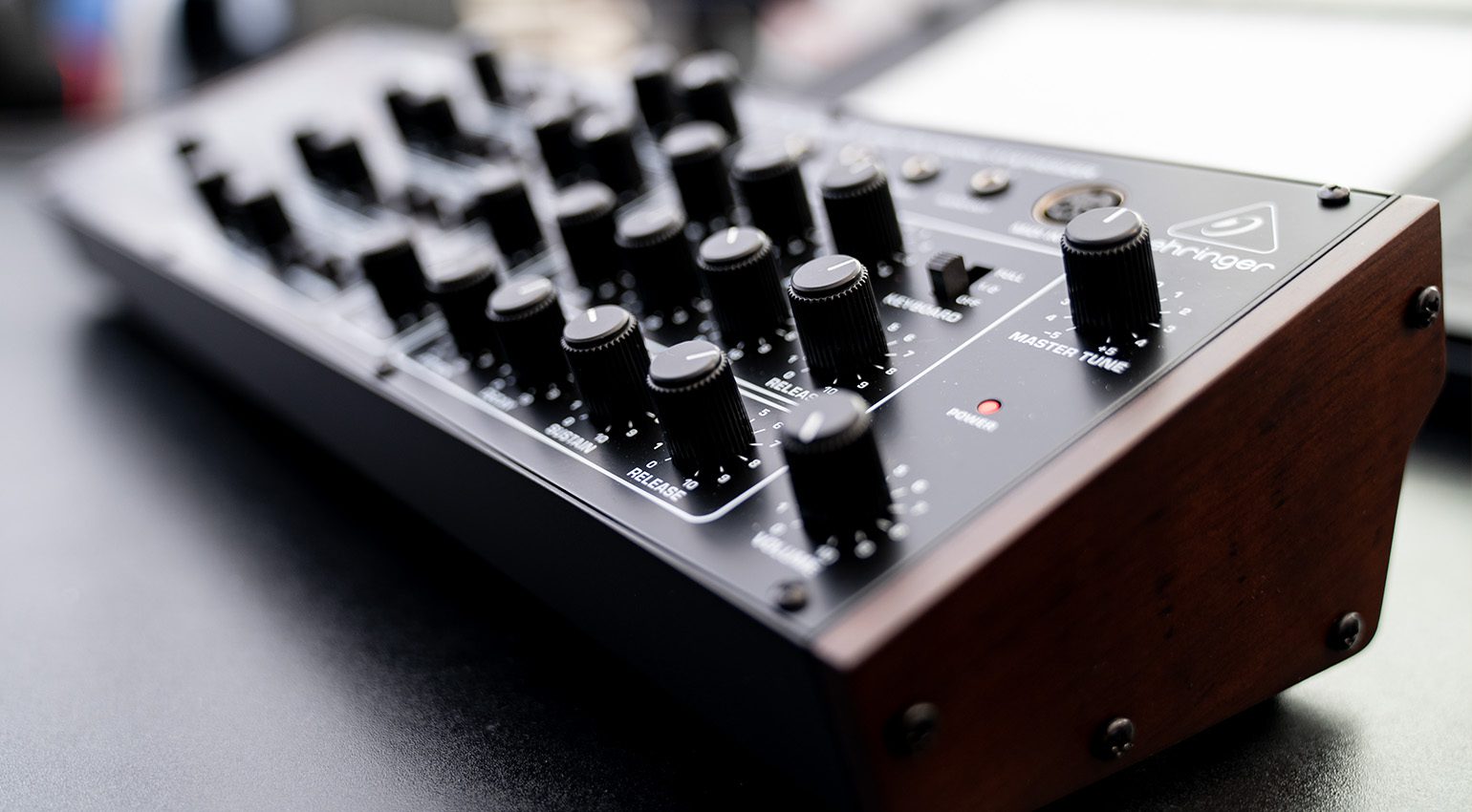
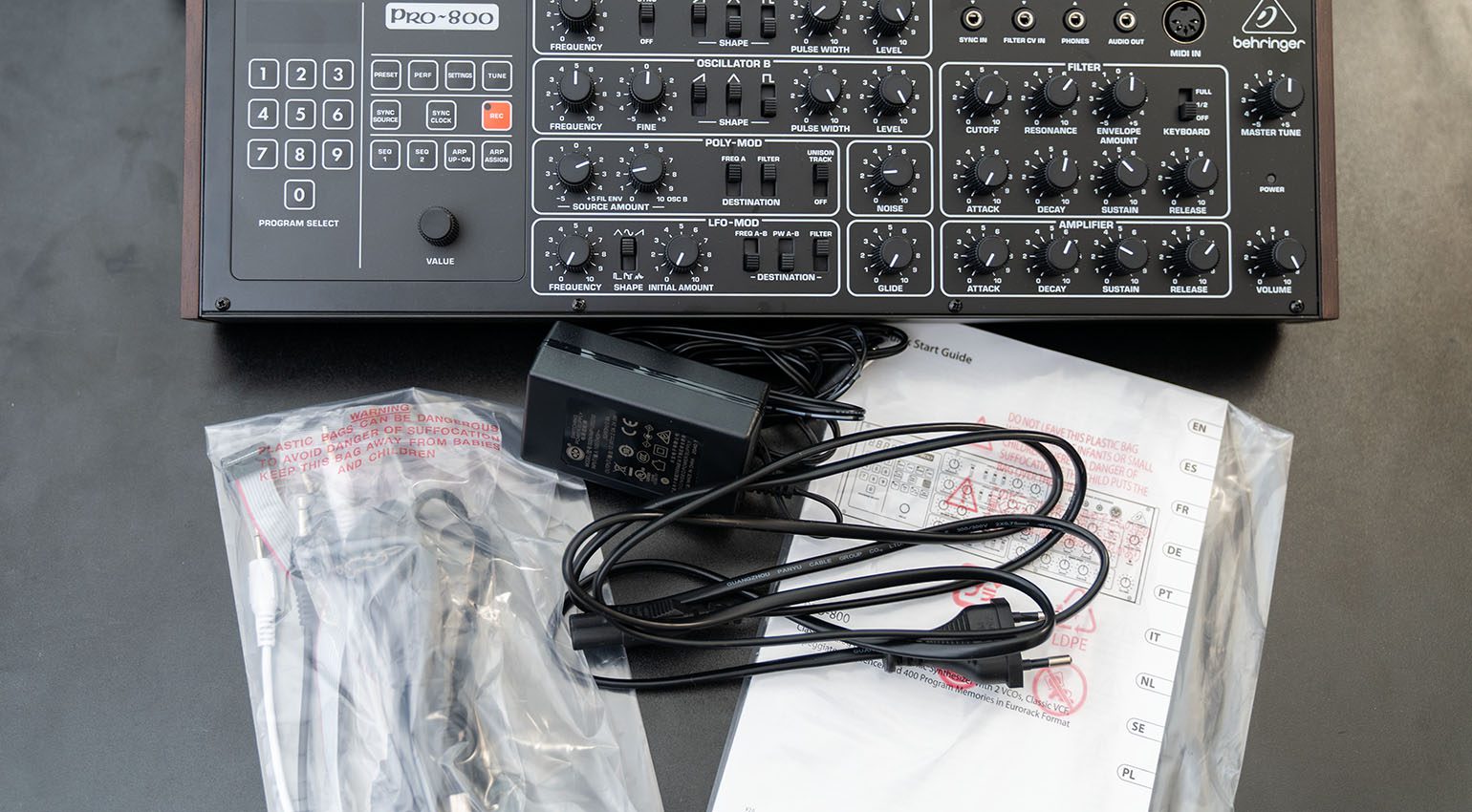
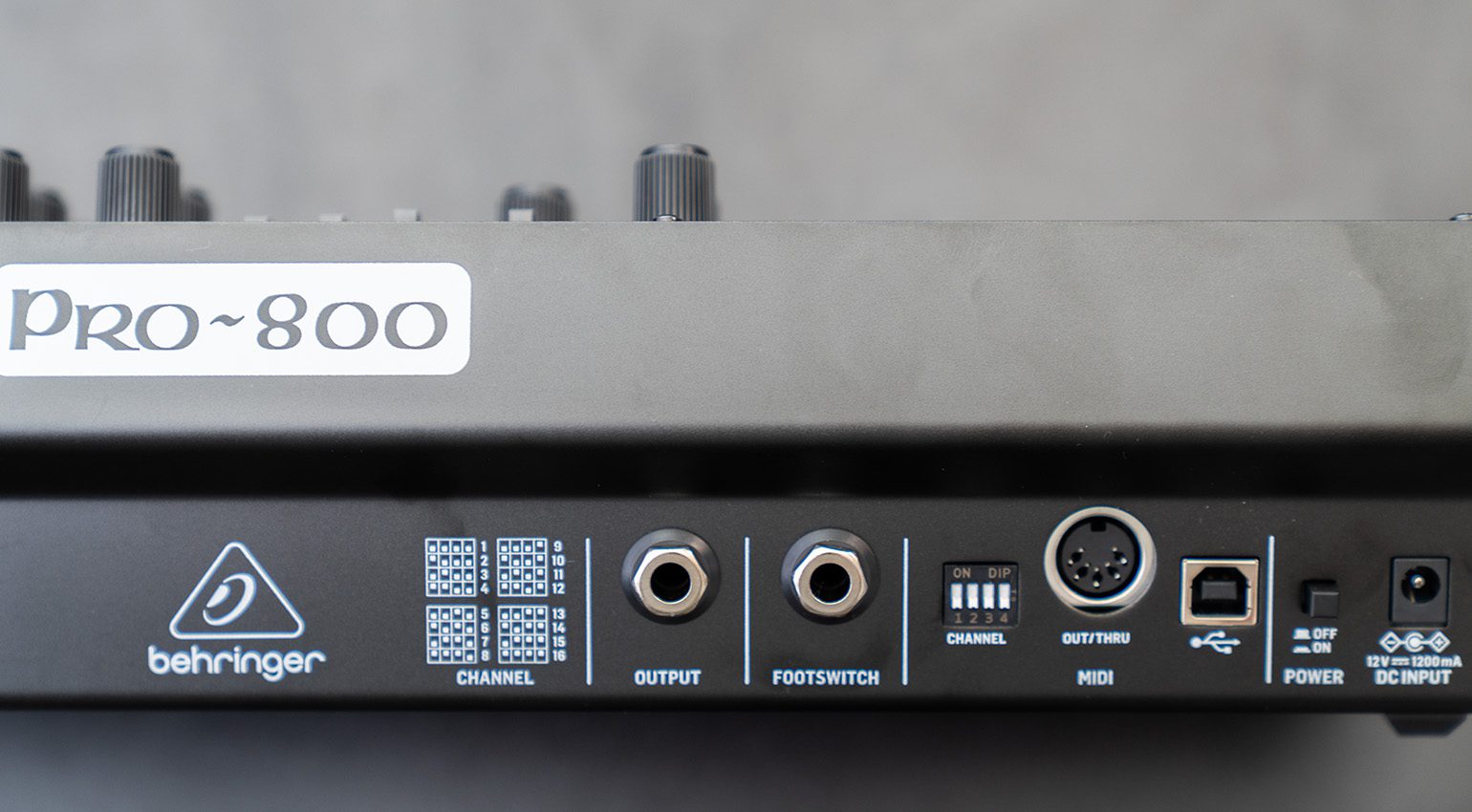

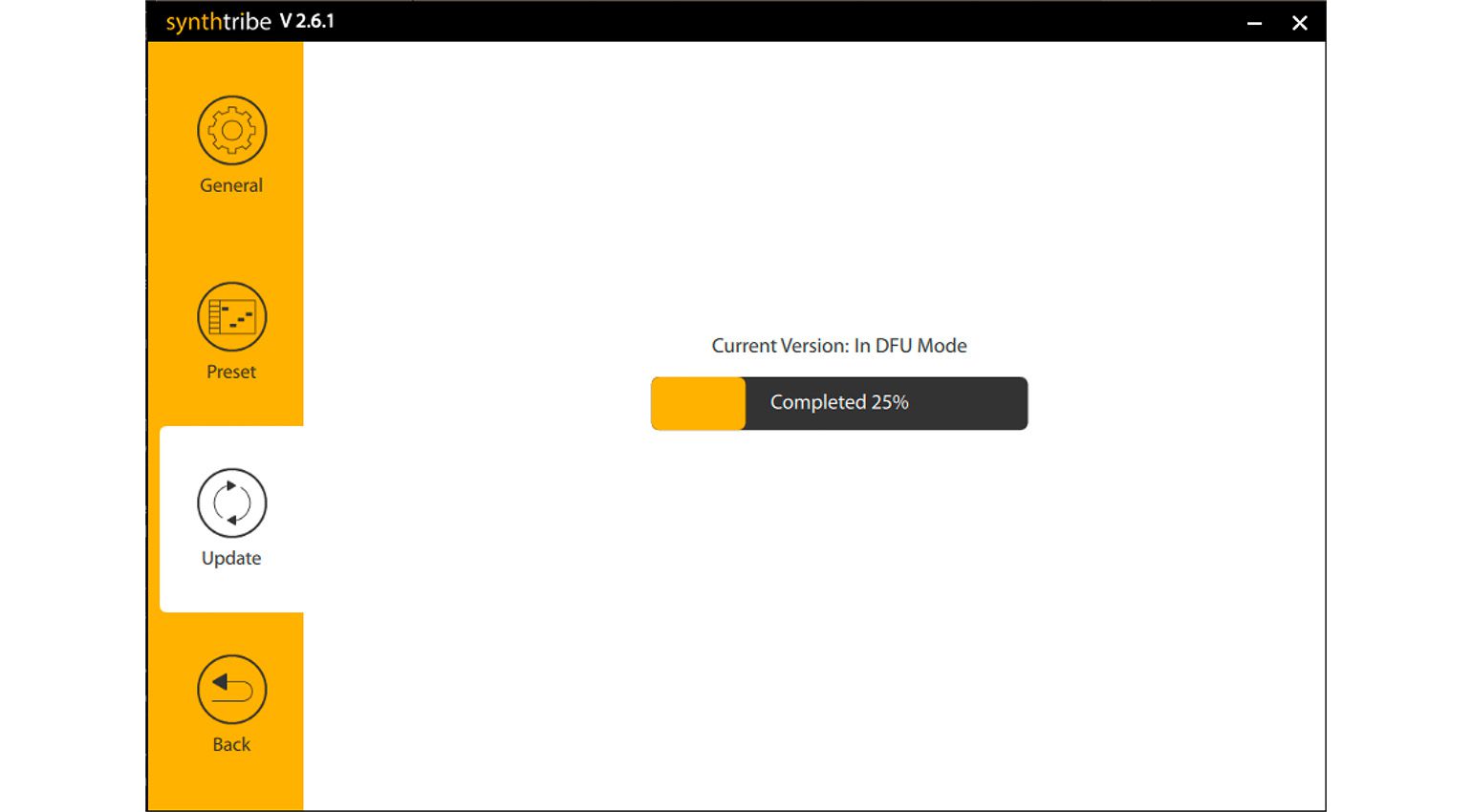
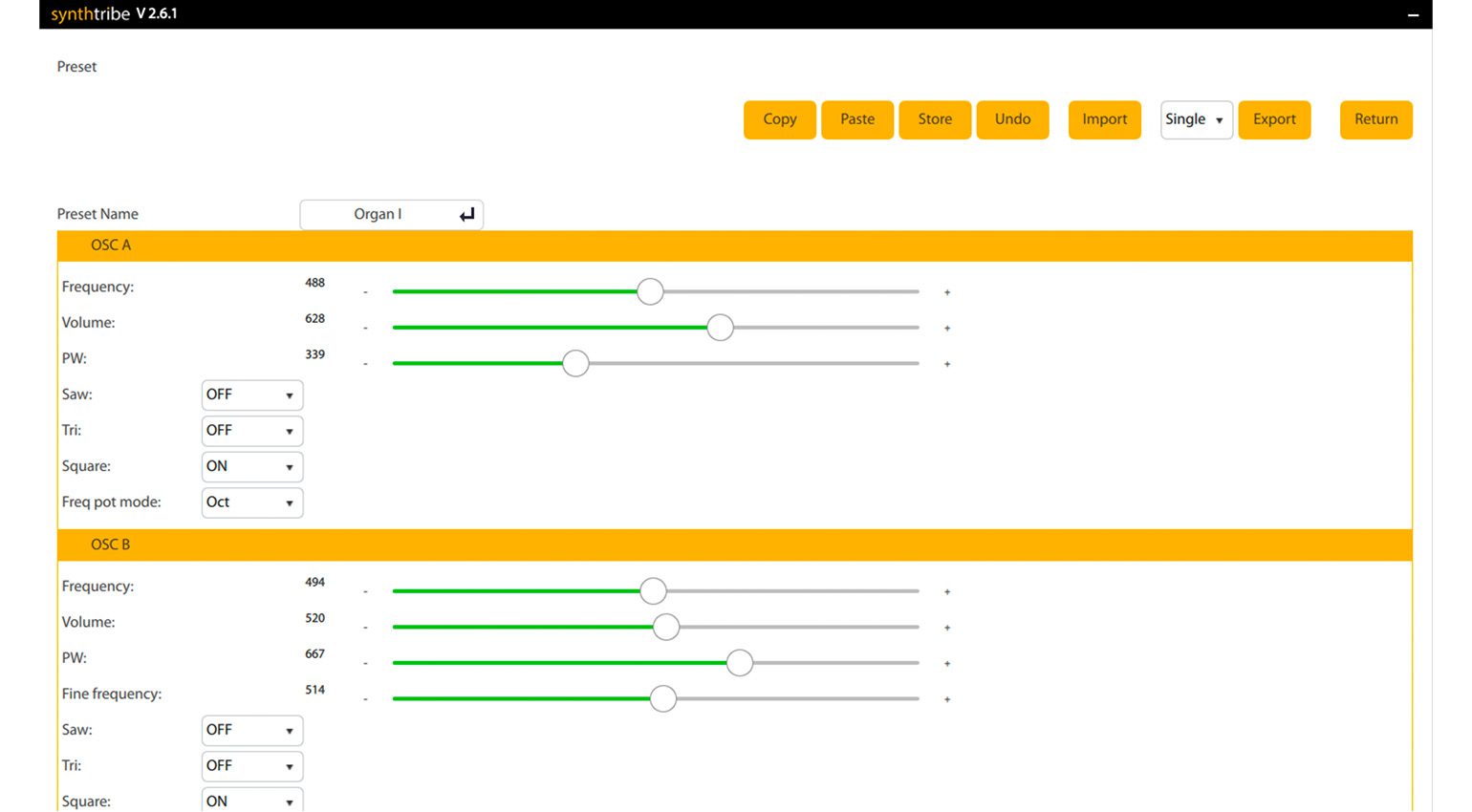


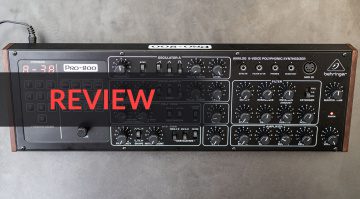






Cons: Only mono out
But: it is an analog synths nature to be mono, make it stereo with FX
Cons:No effects included
But: same like the original
Cons: Only 2 CV-ins
But: …still very useful and its a new feature
Cons: No additional features for sound design compared to the original
But: a few! Noise and the envelopes and the gligli isnt enough for this pricebreaker?
What else do you want?
Ok a Keyboardversion would be nice…..
mix the first video and the bottom 2 videos together and you get an absolute banger.
I need the patch/presets sheets!
Why no LFO Saw Ramp Down… Why?
🙁